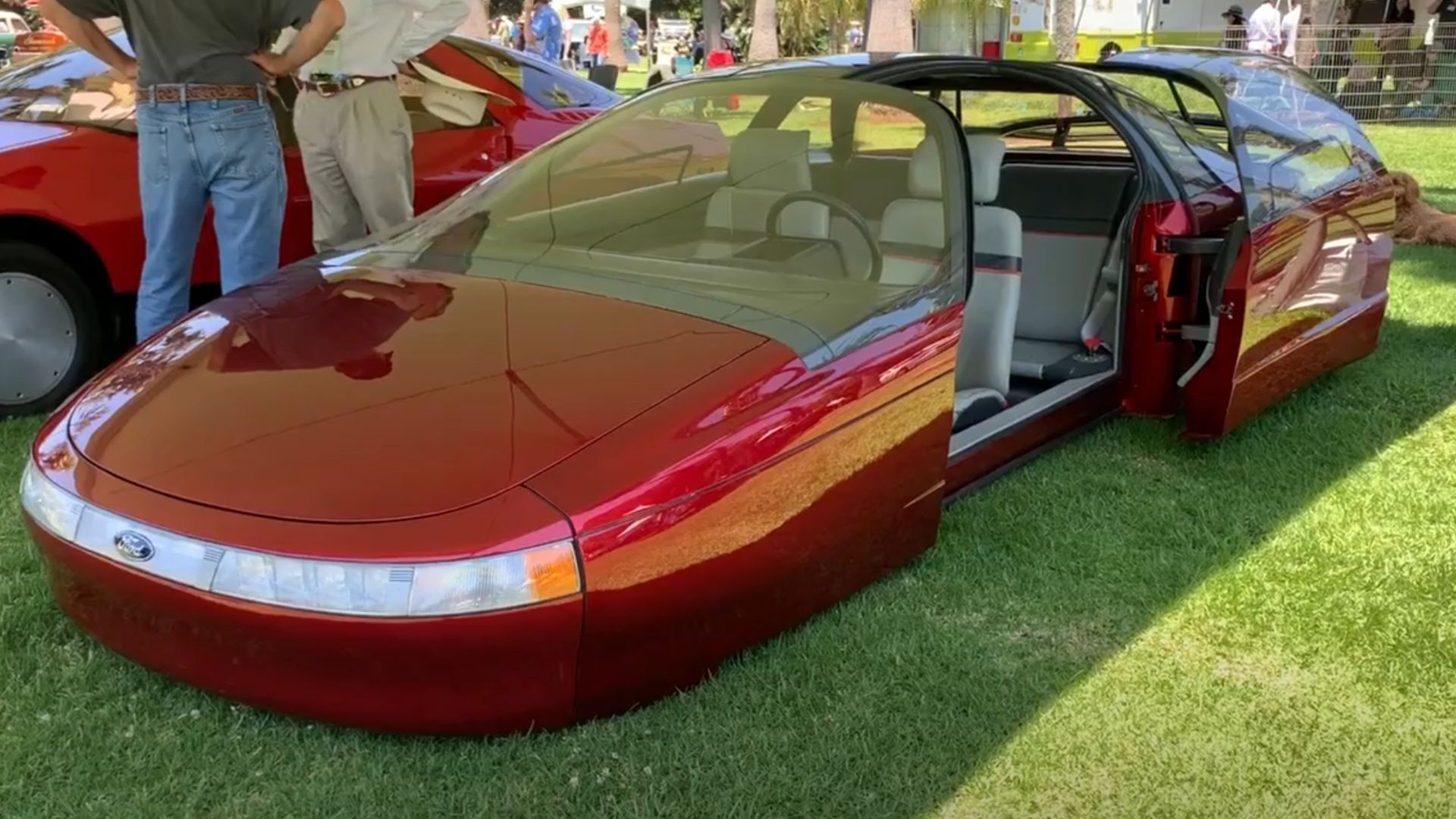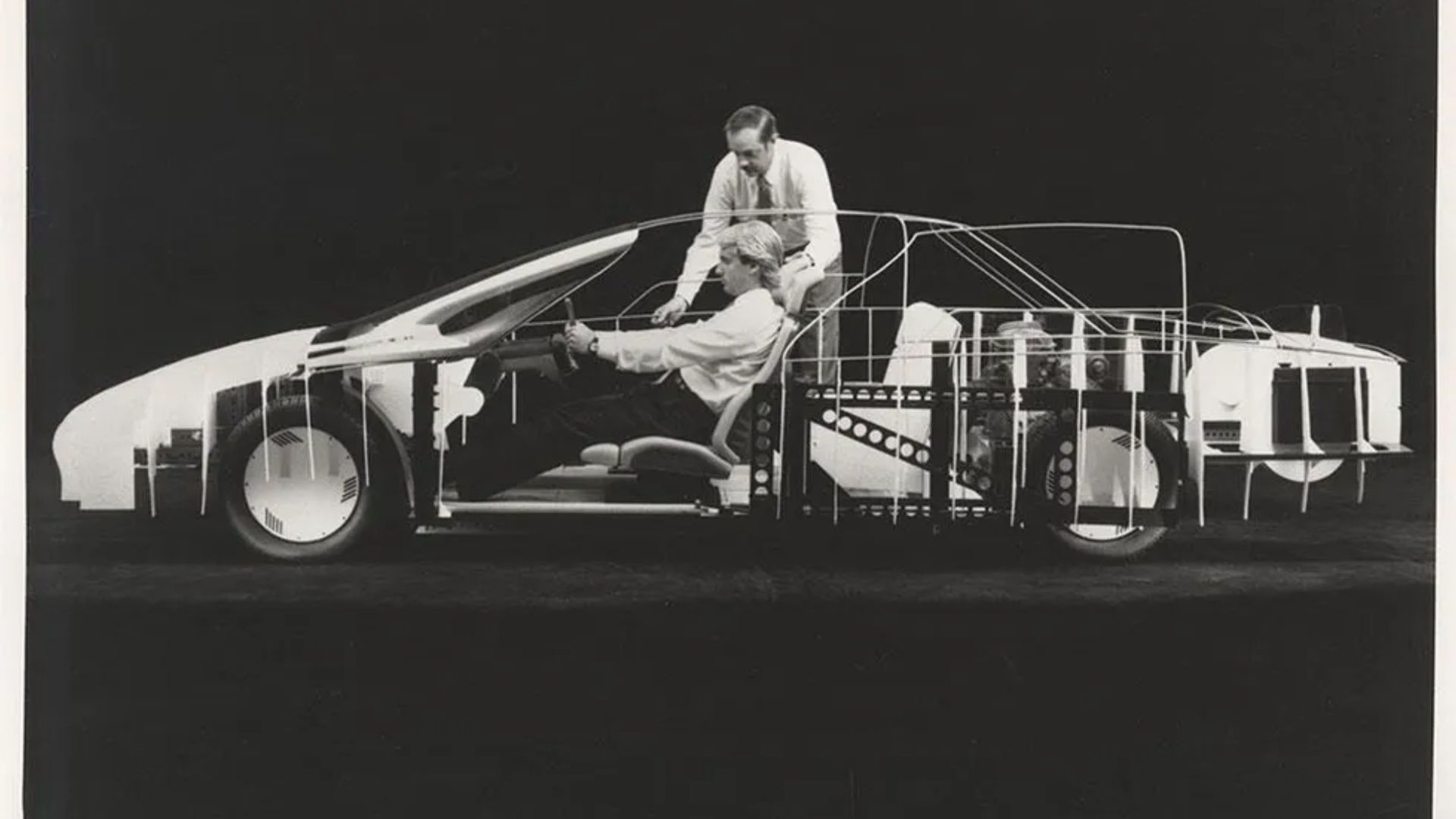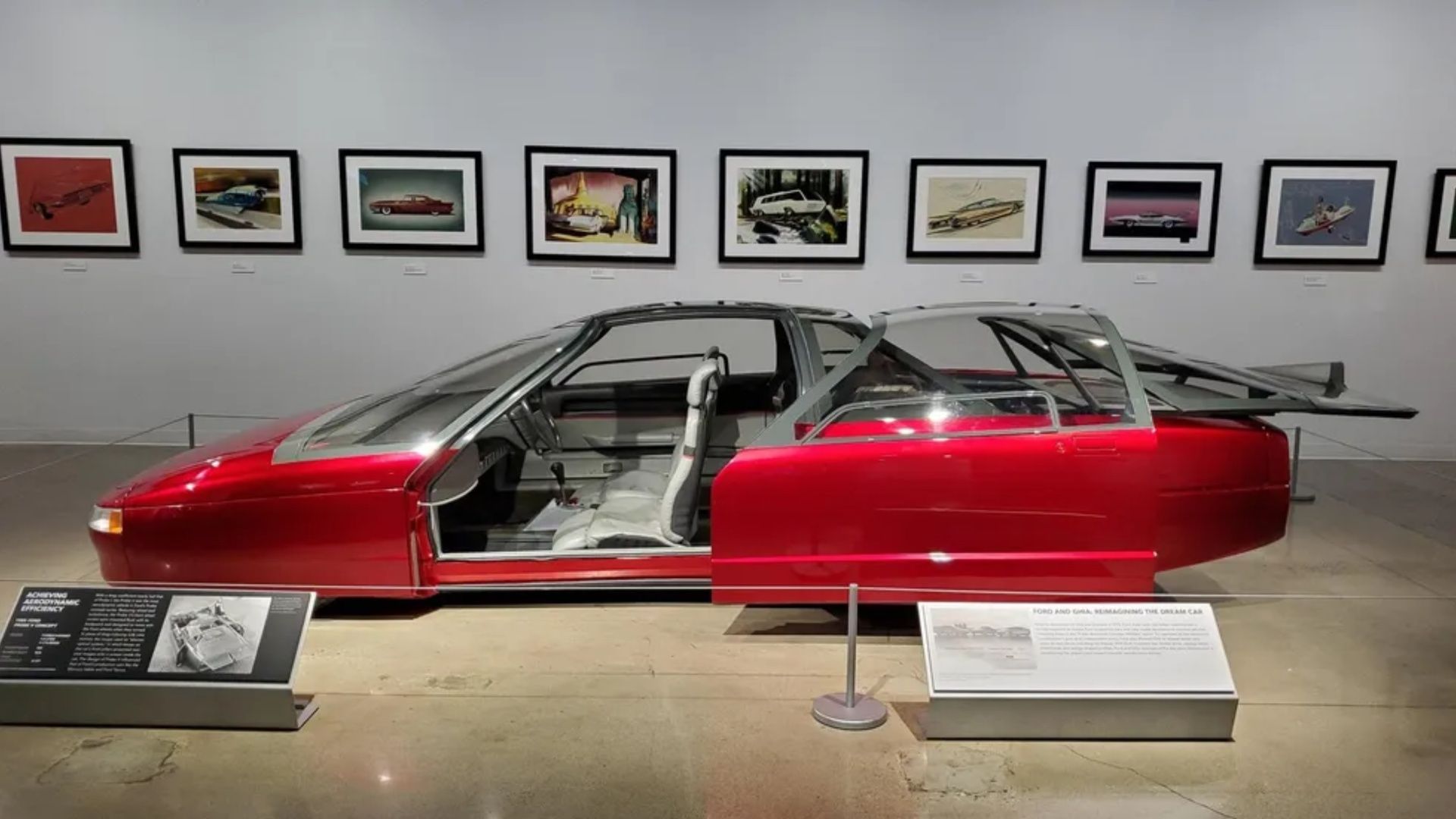In the quest for fuel efficiency and reduced emissions, carmakers have turned their attention to aerodynamics. One standout from the past is Ford’s Probe V concept car, setting the standard with its groundbreaking drag coefficient of 0.137 Cd, comparable to an F-16 Flying Falcon.
Ford Probe V: Pioneering Aerodynamics
Ford’s Probe V, introduced in 1985, was a marvel of aerodynamic design. With a mid-mounted turbocharged four-cylinder engine and rear-wheel drive, it boasted a drag coefficient of just 0.137 Cd. The car’s futuristic features included a space frame chassis, flexible membrane seals on the wheel spats, and a sleek, bubble-like canopy. Despite never entering production, its influence can be seen in later Ford models like the third-gen Taurus.

In the production vehicles, the LightYear 0 leads the pack with a drag coefficient of 0.175 Cd. This solar-powered electric car from Dutch startup LightYear boasted impressive efficiency but faced challenges in the market. General Motors’ EV1, with a drag coefficient of 0.19 Cd, showcased similar aerodynamic prowess but was discontinued despite positive feedback.
Xiaomi SU7 Setting the Standard
Presenting the Xiaomi SU7 sedan, the current champion of aerodynamics with a drag coefficient of 0.195. Designed by former BMW talents, the SU7 combines sleek aesthetics with high-performance electric powertrains. With its 664 hp engine and rapid acceleration, it’s true to the importance of aerodynamics in modern car design.

A car’s drag coefficient measures its efficiency in cutting through the air. Lower coefficients result in increased range, which is especially crucial for electric vehicles. Despite the challenges of balancing aerodynamics with aesthetics and safety regulations, automakers continue to push the boundaries of efficiency in pursuit of a greener future.

